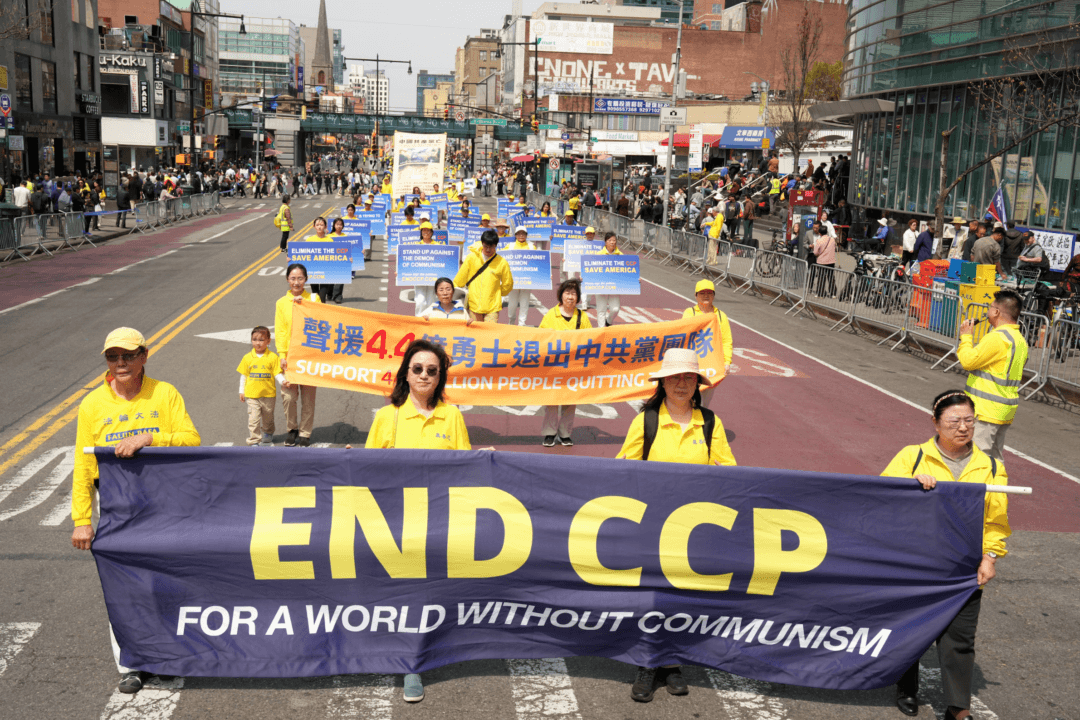NEW YORK—Flatiron is the kind of neighborhood where, once you step into it, everything seems to slow down just a bit.
“It’s easy,” says Rebecca Anhalt, director of DKNY’s NYC locations.
It’s easy to access by car, bike, walking, or public transportations—and retailers know their clients love that.
At a breakfast Thursday, the Flatiron/23rd Street Partnership BID and REBNY released retail market data and trends for the neighborhood.
Neighborhood Retail
DKNY has two other locations in the city, and their biggest store is on Madison Avenue outside the neighborhood.
When they opened a Flatiron location, it was to be a smaller, concept store, Anhalt said at the breakfast. It was to be a neighborhood store.
Anhalt said they had looked at the Eileen Fisher stores and followed that model. The Flatiron location is by no means their largest store, but it is where they do the most business.
The client base is very loyal, often residents of the building the store is located in, and they come nearly every day.
Most stores are seeing less traffic anyway, Anhalt said, and so a neighborhood store was what they wanted.
“There’s a strong clientele and a strong neighborhood feeling,” Anhalt said.
Flatiron’s Moment
Unlike other “it” neighborhoods, Flatiron hasn’t had recent rezoning that turned it from manufacturing to residential, and it wasn’t “discovered.”
“It’s always been there,” said CBRE broker David LaPierre at the breakfast. There may not have been a break-out retailer coming in and changing the neighborhood, but there has been a steady stream of high value retailers, tech companies, and residential projects.
It is in Midtown South, where tech companies burgeoned in briefly before spreading across the boroughs. Over 300 digital companies call Flatiron home—Tumblr, Twitter, Buzzfeed, Yelp, Sony, and others, including several co-working spaces.
There are 700 residential units in the pipeline and it is becoming more of a family neighborhood, according to Flatiron BID executive director Jennifer Brown. And as developers started assembling residential projects in the neighborhood, more and more retailers of the home variety filled in.
Retail vacancy is currently at 5.6 percent with just over 30 ground floor storefronts available.





